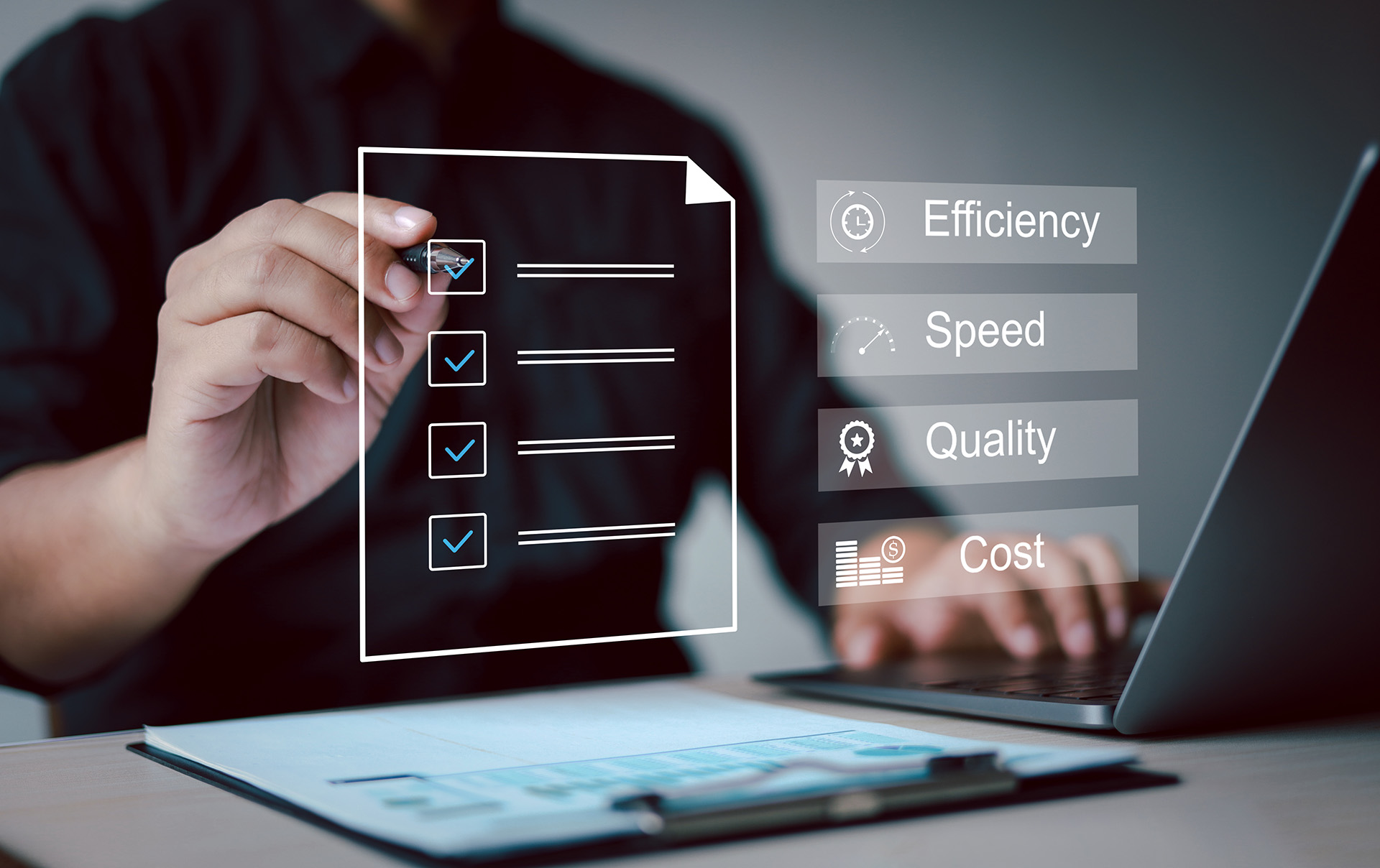In business, unpredictability is part of the game. A sudden drop in revenue, unexpected equipment failure or global event that disrupts supply chains can hit hard and fast! That’s why an emergency savings account – for example, a First Internet Bank Money Market or Regular Savings account – isn’t just a smart idea, it’s a critical component of a good long-term financial strategy.
What is a business emergency savings account?
A business emergency savings account is a dedicated reserve of funds set aside to cover unexpected costs or to keep operations afloat during lean times. Think of it as your company’s financial safety net, available to you when your business needs it most.
Why it matters
- It protects from revenue disruption: Cash flow is the lifeblood of every business. A downturn in customer demand, delayed payments or seasonal fluctuations can all stress your incoming revenue. Having a financial cushion can mean the difference between weathering the storm or having to make difficult cuts.
- It covers unforeseen expenses: Broken equipment, data breaches or legal issues can come without warning – and are usually accompanied by a high price tag. Building your company’s savings helps ensure that these unwelcomed surprises can be handled without affecting your day-to-day operations or longer-term goals.
- It builds investor and lender confidence: Financial preparedness is a clear indication to investors and lenders that your business is managed with foresight and discipline. It can make a significant difference when you’re applying for funding or negotiating terms.
- It provides peace of mind: Running a business is stressful enough. Knowing you have available backup funds in an easy-to-access online account can reduce anxiety and allow you to focus on growth and innovation.
How much should you save?
A good rule of thumb is to set aside three to six months’ worth of operating expenses1. The exact amount depends on your industry, business model and risk tolerance. High fixed-cost businesses or those in volatile markets may want to set more aside.
Getting started
- Open a separate online business savings account: Keep your emergency fund separate from operating accounts to avoid inadvertent spending.
- Automate contributions: Set up regular transfers, and remember: even small amounts add up over time. Treat it like any other fixed expense.
- Review and adjust annually: As your business expands or changes, so should your fund.
- Make it part of your year-end financial review.
Bottom line:
An emergency savings account is an investment in stability and longevity. When uncertain times arise, it provides you with the financial breathing room you need to make reasoned decisions. Stay consistent with your savings efforts and give your business the foundation it needs to thrive – no matter what the future brings.
Here’s another tip: First Internet Bank can make building your emergency account a no-brainer, when you use Balance Optimizer – part of our Do More BusinessTM Checking account.
When you pair a FirstIB Business Money Market or Regular Savings account with Do More Business Checking, Balance Optimizer allows you to make the most of your profits by seamlessly moving surplus funds (income above a daily target balance that you establish) from checking to savings, so you benefit from the higher yield. Miss your daily target? Funds are automatically transferred back into your checking account to cover the shortfall.
Best of all, it’s included with Do More Business Checking, along with:
- Unlimited transactions
- No minimum balance; no monthly service or overdraft fees
- Deeper insight and direction with Cash Flow Analysis
- Competitive interest*
- And more
With Do More Business Checking and a Business Money Market or Regular Savings account, you’re just moments away from putting your profits to work keeping you secure when the unexpected happens
It all starts with applying for a Do More Business Checking account today.
*Earn interest with an average daily balance of $10,000.
Dollar amount restrictions may apply
1 Cash on Hand: How Much Does Your Business Need? | CO- by US Chamber of Commerce





